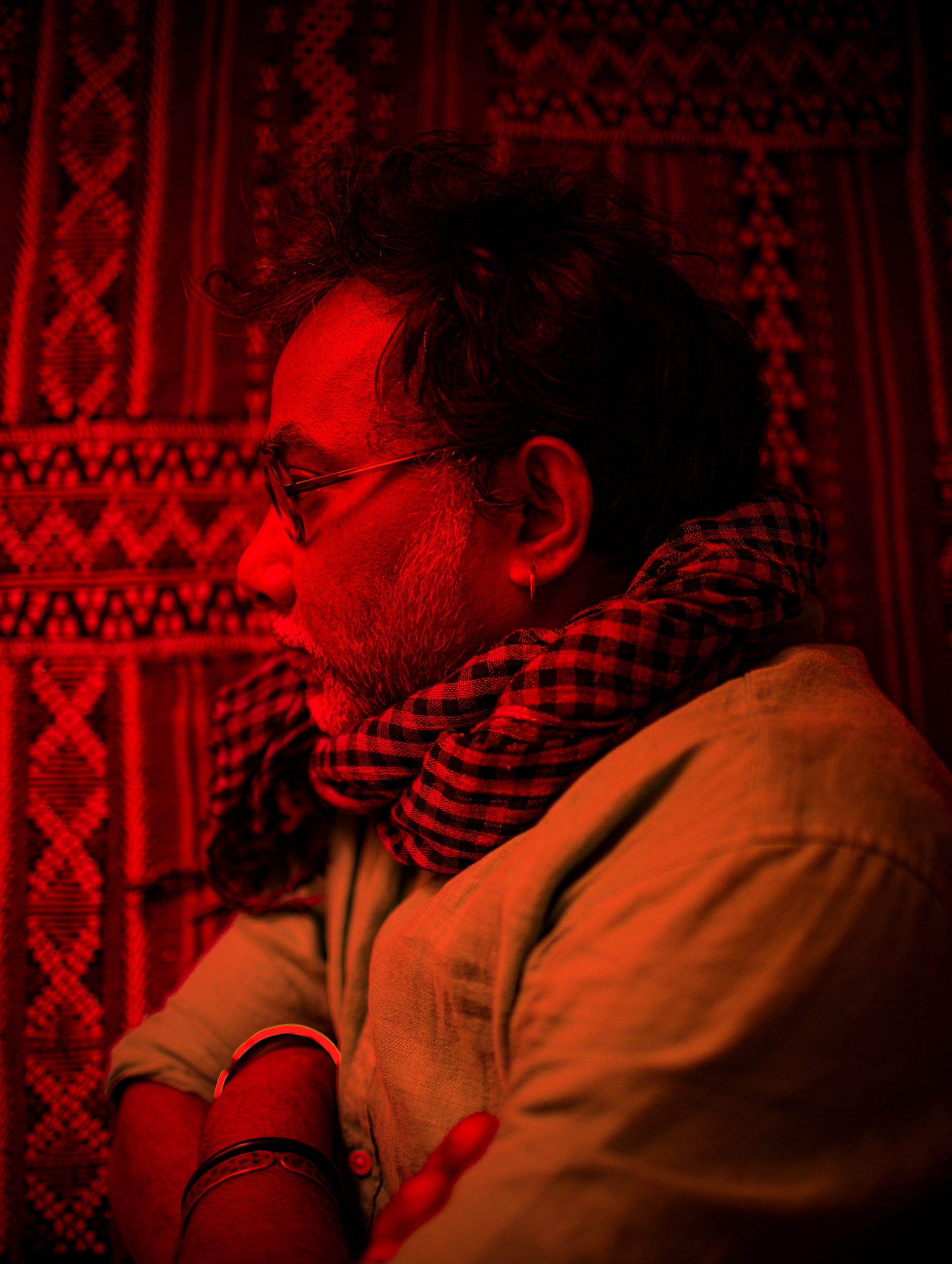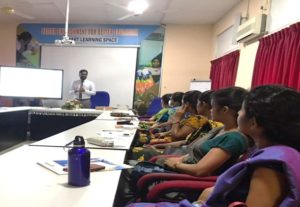Photo Essay
Tiger Widows of Sundarbans
Sundarbans, pride of Bangladesh, is the home of the magnificent rarely seen Royal Bengal Tiger. Now, the tigers that roam through the vast mangrove forests are coming into closer contact and conflict with humans, and attacks are on the rise.
The great mangrove forest of Sundarbans, pride of Bangladesh, is the home of the magnificent, rarely seen Royal Bengal Tiger. Now, the tigers that roam this vast forest, in the delta of the Ganges, Brahmaputra, and Meghna Rivers, are coming into closer contact, and into conflict, with humans. Attacks are on the rise, and it is estimated that the tigers kill 120 people every year.
Climate change is causing accelerated sea level rise and growing salinity in the southern Sundarbans. Just on the other side of the forest is a desert-like landscape where the soil has become deeply cracked and infertile due to lack of fresh water. The longstanding cultivation of shrimp is also in decline.
Many farmers here cannot survive and are forced to venture deep into the forest to fish, search for honey, or gather firewood, making them particularly vulnerable to attack. The intensive exploitation of the forest is also forcing the tigers onto the mainland in search of food.
The villagers of the Sundarbans turn to their local goddess, Bonbibi, and in tiny thatched-roof shrines, Hindus and Muslims alike pray to her for protection before they venture back into the forest. Superstition is pervasive. A woman whose husband leaves to the Sundarbans must not comb her hair, cook in the middle of the day, wash clothes, or clean the house.
If her husband is killed by a tiger she is seen as a harbinger of bad luck. She is avoided, expelled, and, after the dramatic death of her husband, is thrown out by her husband’s family. Already poor, she has no choice but to provide for her family by herself.
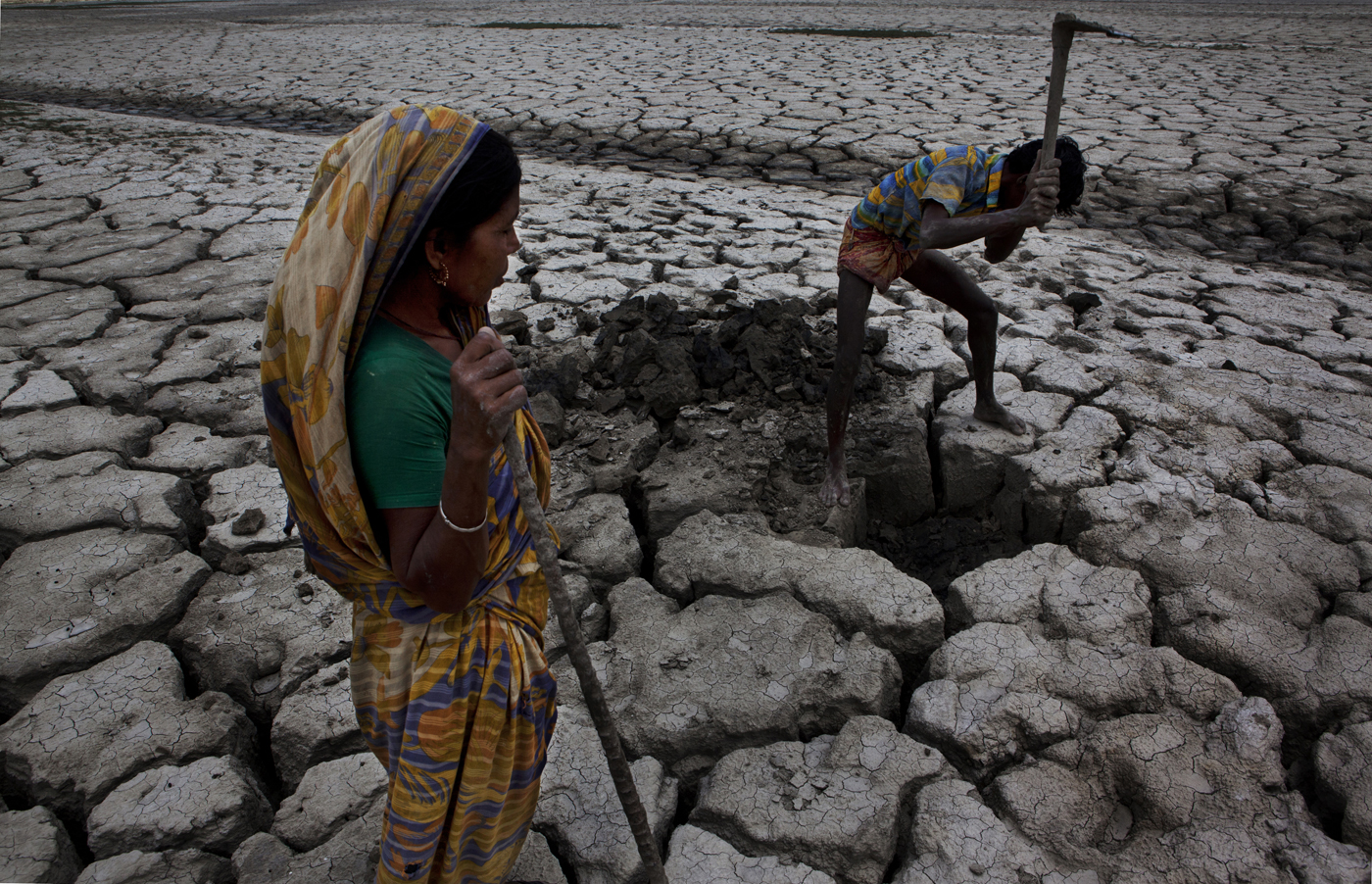
A long time ago, this area was part of the Sundarbans, but it was completely deforested by local villagers in need of farmland. Here, extremely poor villagers dig for old, dead roots to use for firewood. Satkhira-Bangladesh, 2011 (Photo: The Asia Foundation/Naymuzzaman Prince)
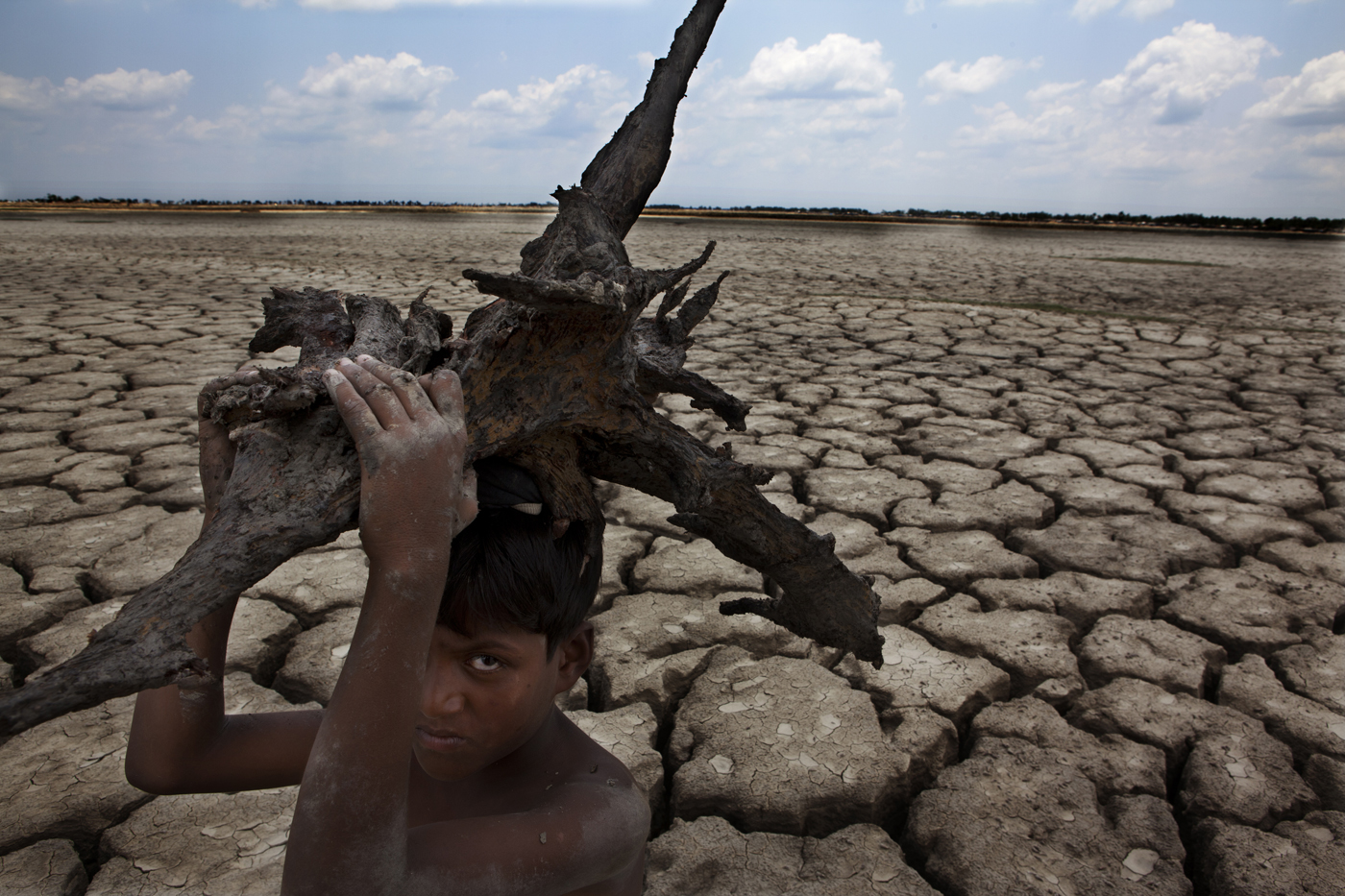
Cracked, desert-like land, on the other side of the Sundarban forest. A boy carries home an excavated root, which his mother will use as cooking fuel. Satkhira-Bangladesh, 2011. (Photo: The Asia Foundation/Naymuzzaman Prince)
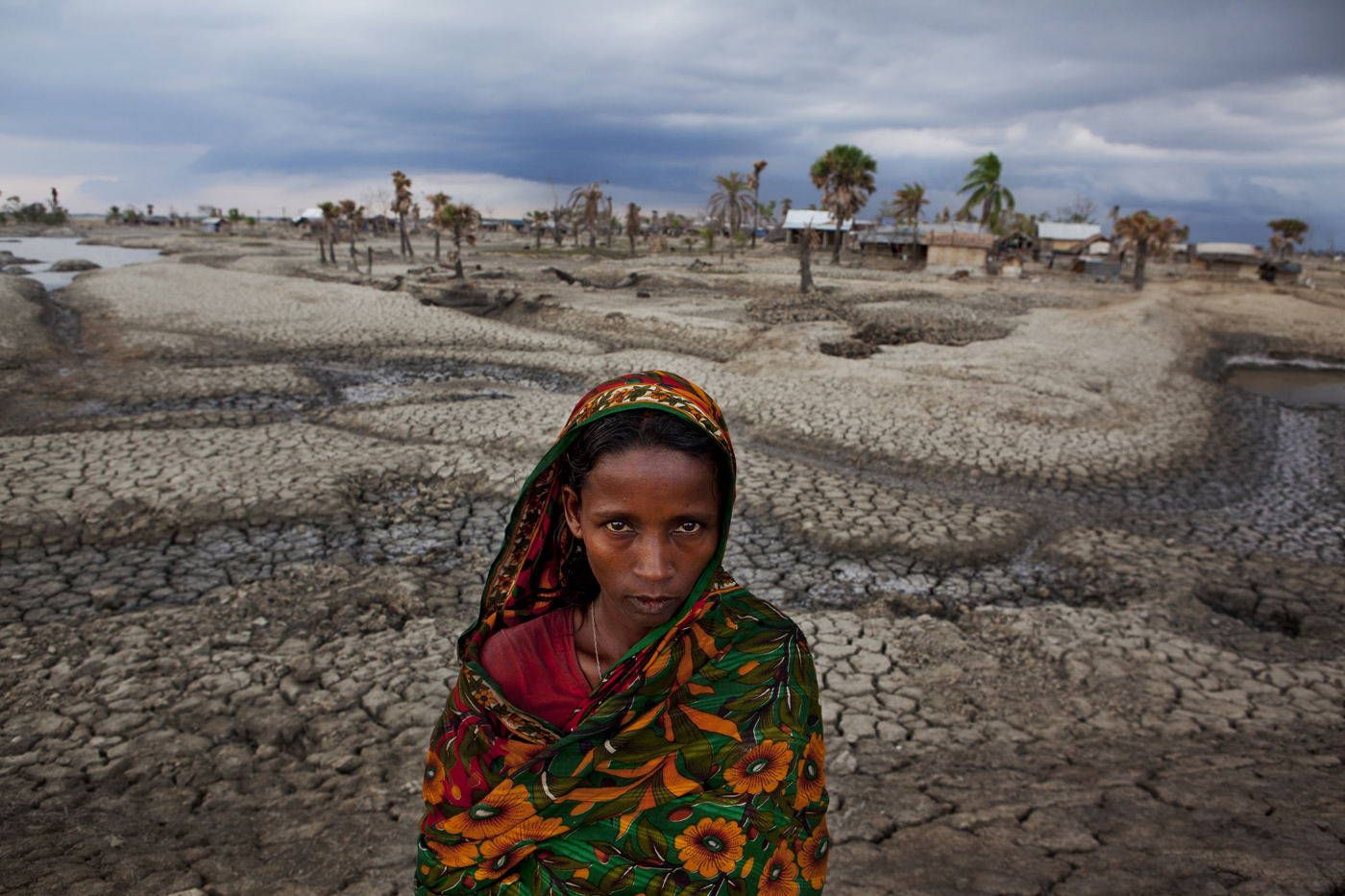
Hazera, a tiger victim. Her husband, Alom, was killed two weeks before this picture was taken. He left his widow with two young boys. Satkhira-Bangladesh, 2011. (Photo: The Asia Foundation/Naymuzzaman Prince)
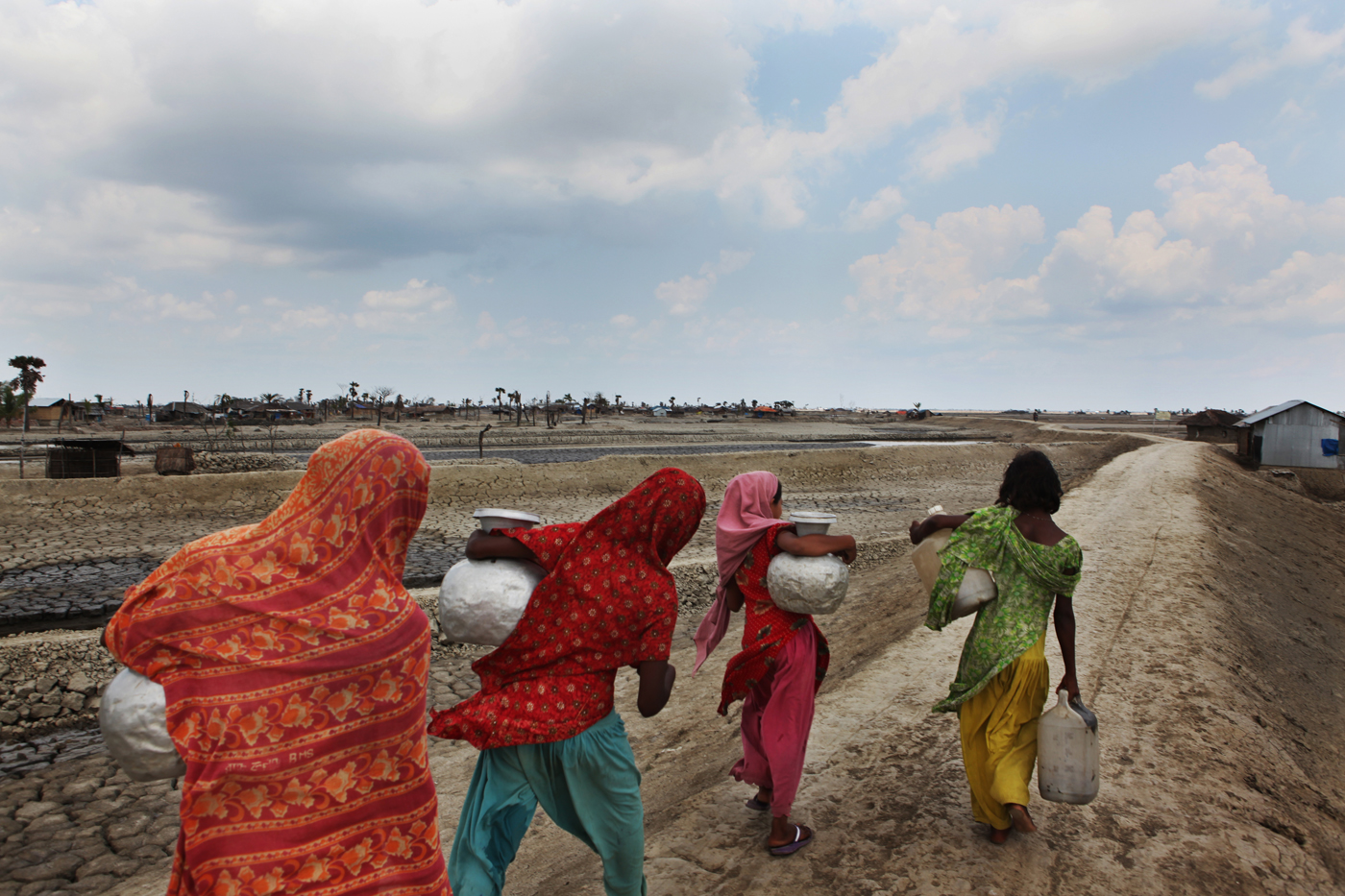
Women and girls must walk five to six kilometers each day to fetch drinking water, because climate change and intensive shrimp cultivation have made the groundwater salty. Only a few deep tube wells can provide drinkable water. Satkhira-Bangladesh, 2011. (Photo: The Asia Foundation/Naymuzzaman Prince)

The Sundarbans is the biggest mangrove forest in the world. During high tide, the land is flooded by water. Humans and tigers both catch fish stranded in the jungle, and they often come face to face. Satkhira-Bangladesh, 2011. (Photo: The Asia Foundation/Naymuzzaman Prince)

Hasmot was attacked by a tiger 20 years ago, when he entered the forest to catch fish. He miraculously survived the attack, but he lives with a constant reminder. He has many scars on his face, and he cannot go out without covering it. Satkhira-Bangladesh, 2011. (Photo: The Asia Foundation/Naymuzzaman Prince)
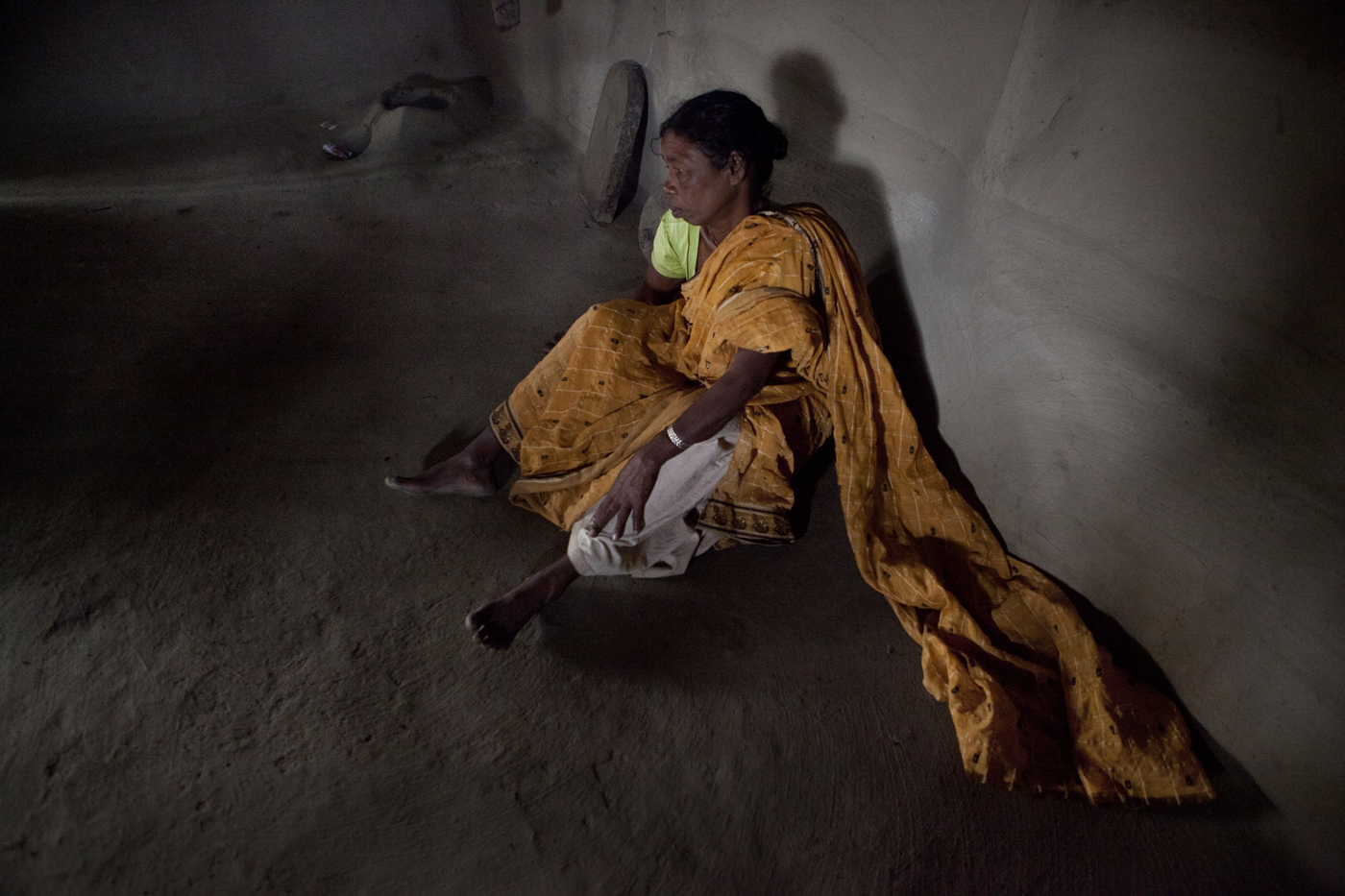
Sonamoni is a tiger widow. She married twice, and both husbands were killed by tigers. Her in-laws threw her out of their home, and her parents no longer welcome her, fearing that she will bring them bad luck. Satkhira-Bangladesh, 2011. (Photo: The Asia Foundation/Naymuzzaman Prince)
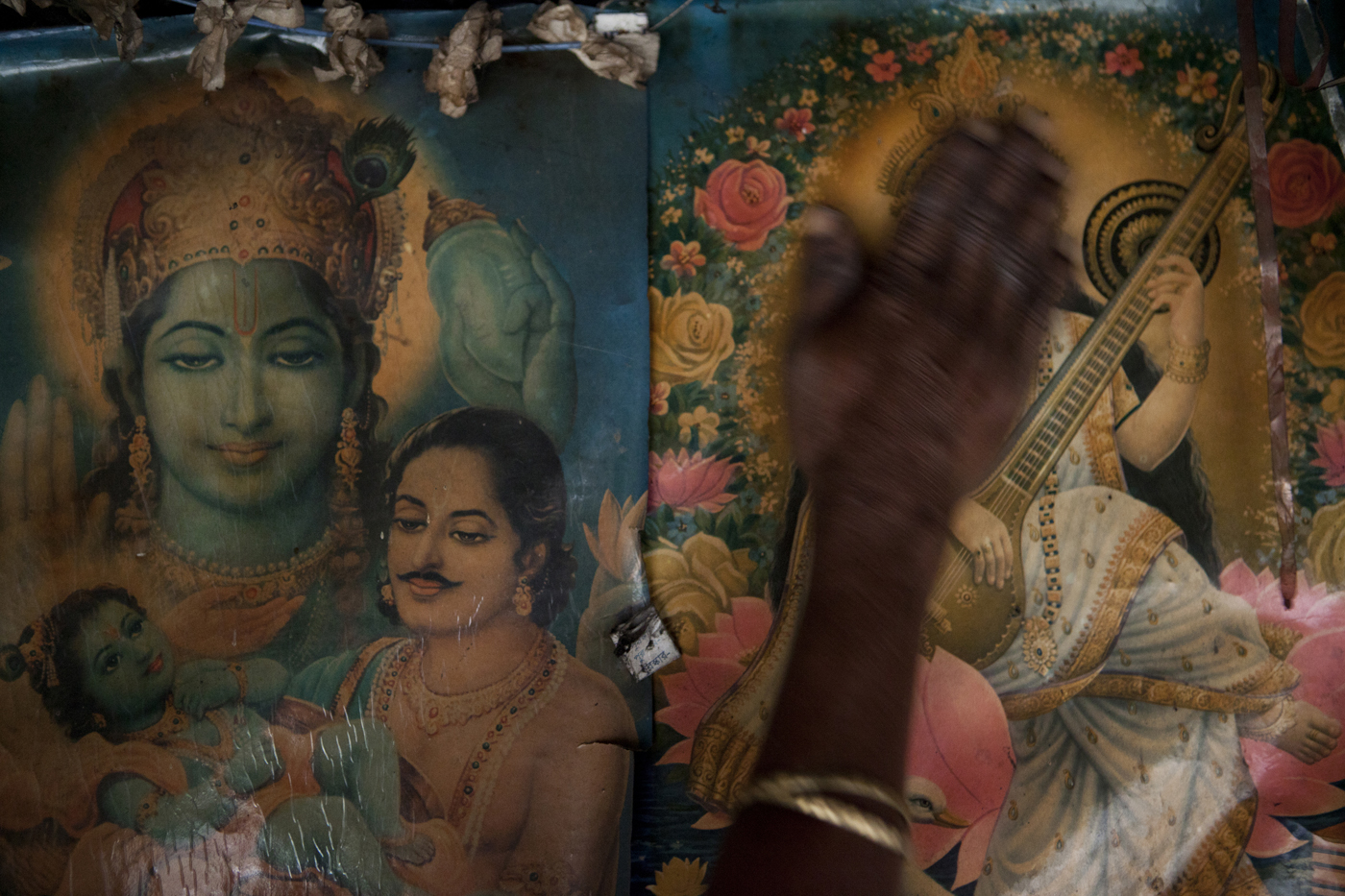
Adoration of a Hindu goddess by a tiger widow. Satkhira-Bangladesh,2011. (Photo: The Asia Foundation/Naymuzzaman Prince)
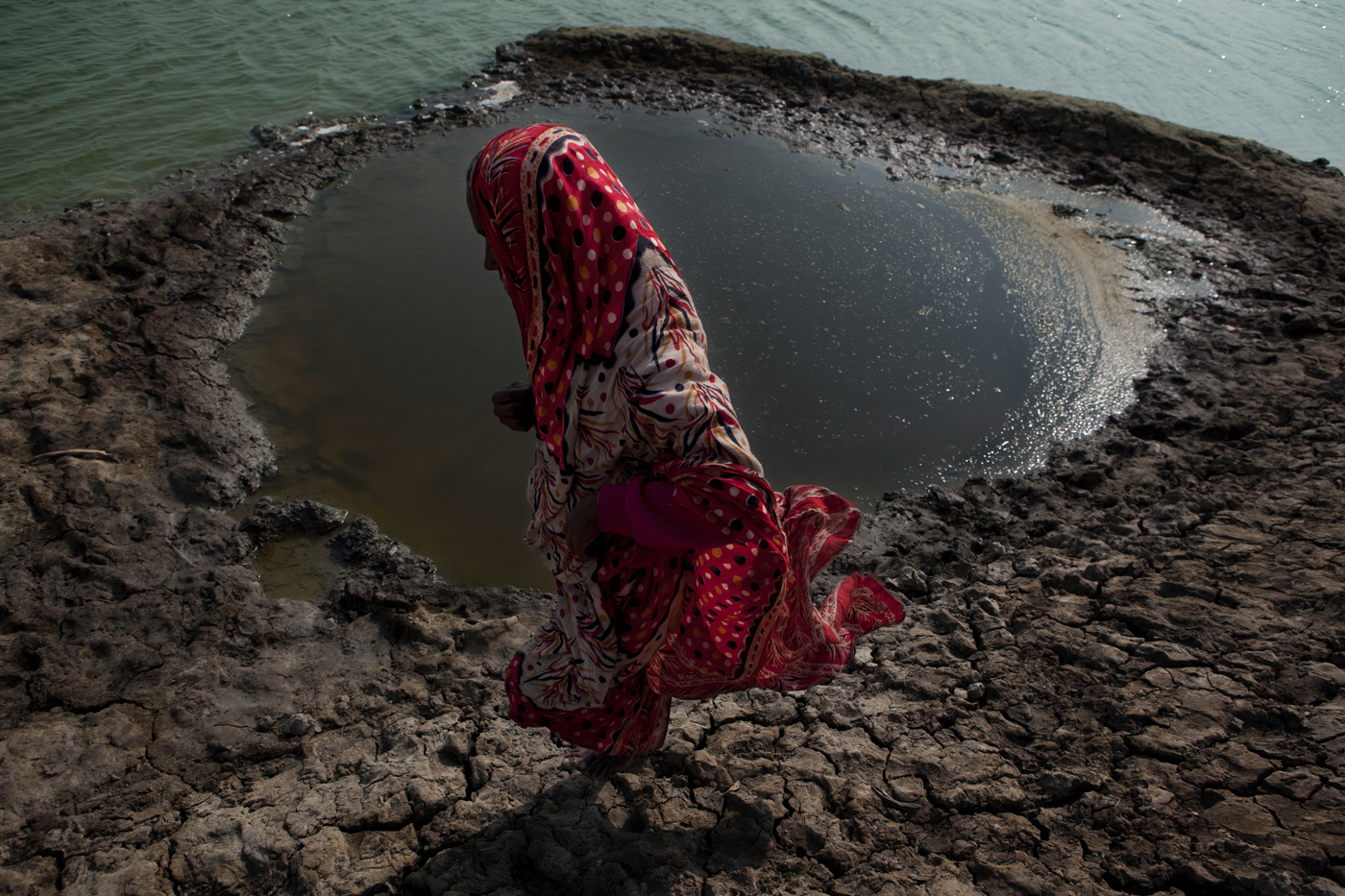
Mitali Mondol went fishing in Sundarban with with her husband. A tiger attacked and killed her husband right before her eyes. Still, she fishes in the Sundarbans, as she has no other way to live. Satkhira-Bangladesh, 2011. (Photo: The Asia Foundation/Naymuzzaman Prince)
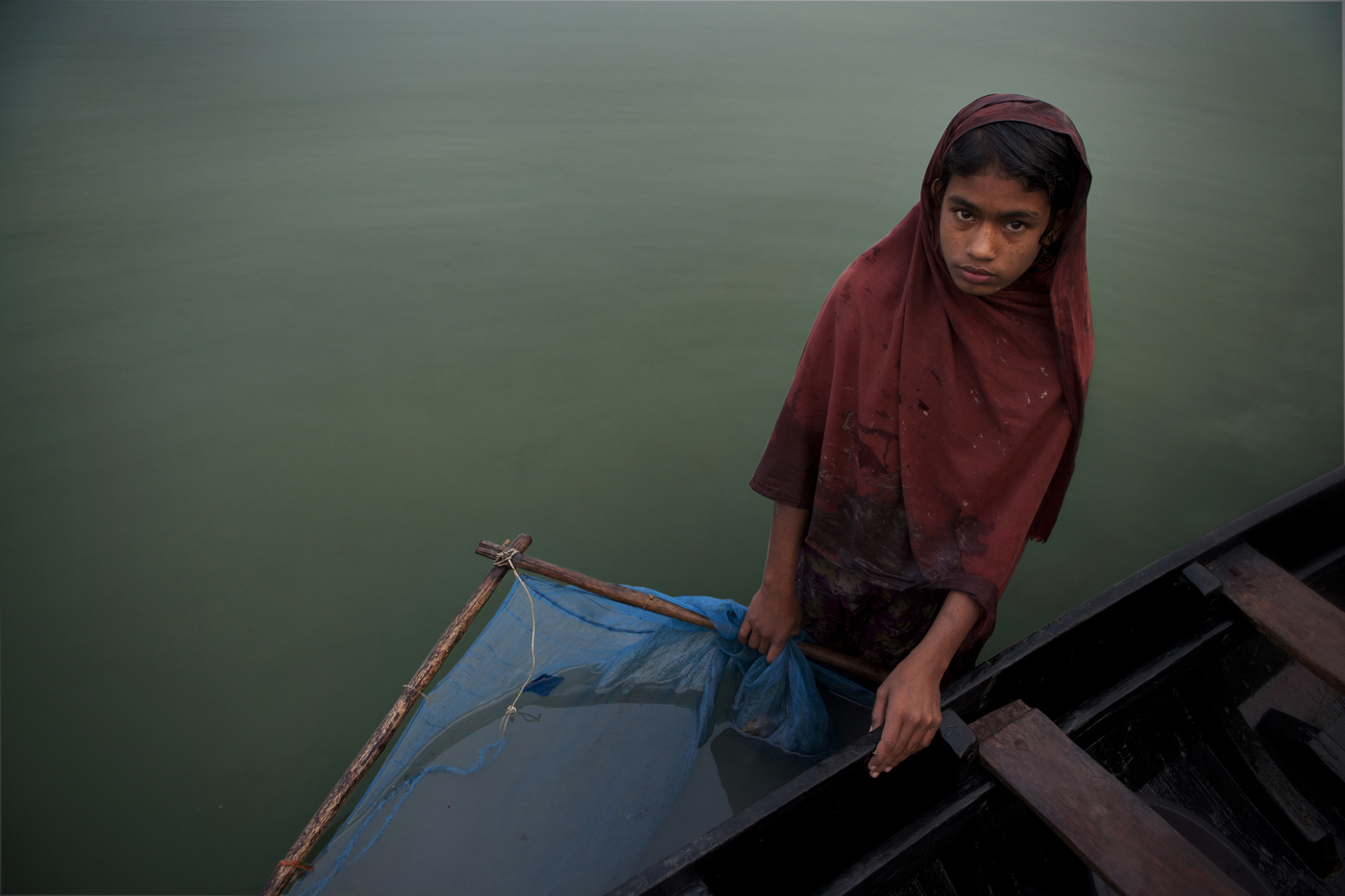
Many young girls and boys fish beside the Sundarbans, although they know at any time a tiger may attack. This is their only way to survive, and fear has lost the battle to hunger. Satkhira-Bangladesh, 2011. (Photo: The Asia Foundation/Naymuzzaman Prince)



 Back
Back